Seeing plants fail to produce blooms is a common gardening disappointment. While some varieties just need a bit more time to produce their first buds, others may be healthy but still not flower. This can happen for various reasons, some of which are under our control and some are not. In this article, we will discuss the top five causes of a lack of blooms in plants.
Excessive Fertilization
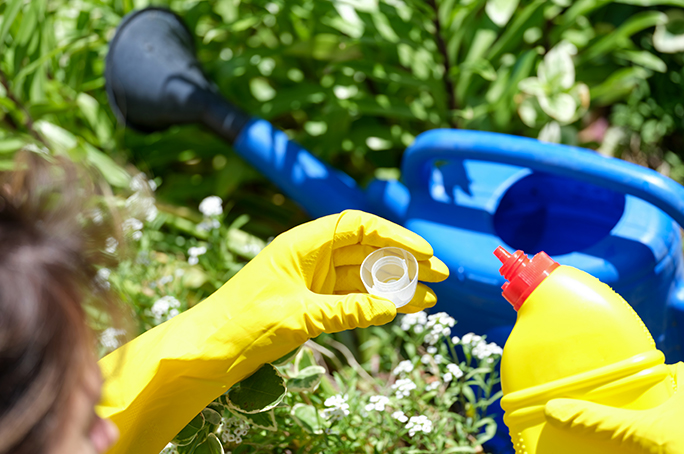
While applying a high-nitrogen fertilizer can promote lush green foliage, it often hinders flower development. On the other hand, plants require phosphorus for flowering. So, make sure to assess the entire situation before feeding your plants. Start by examining other potential issues, such as stress, and evaluate the growing conditions, including sunlight and water levels, the presence of pests or diseases, the neighboring plants’ health, and the quality of the soil. Even if you apply a fertilizer, it won’t benefit the plants if the soil pH isn’t optimal. These factors collaborate to influence plant growth, so each one is essential.
Inappropriate Pruning
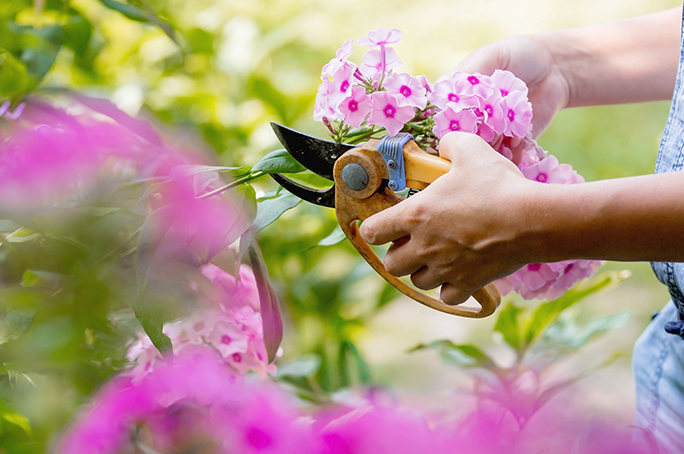
Pruning shrubs and trees late in the growing season may lead to reduced flowering too. This is because pruning at this time may eliminate buds that would have bloomed the following year. Some species of plants, such as the lilac, Easter tree, and certain varieties of Hydrangeas, develop buds up to a year before they flower. So, we recommend researching your plant’s budding habits before taking pruning shears to its branches.
Not Waiting for Maturity
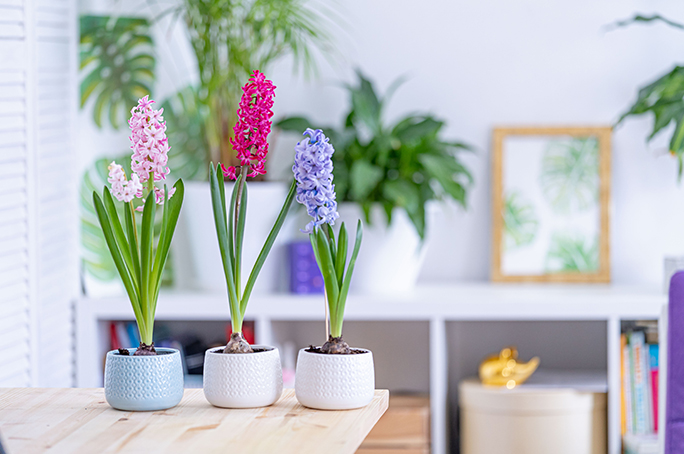
It’s vital to understand that plants need to establish their roots and mature for a specified amount of time, which could be one season or more, before blooming. Plants don’t flower for your aesthetic pleasure but rather for reproduction, and the process requires a lot of energy. Some plants, such as monocarpic ones, will even die after flowering.
If you want your plants to bloom again, deadheading—removing spent blooms—can be an effective technique. However, it’s important to consider the specific type of a plant. Annuals can take several months to mature and produce flowers, while biennials typically don’t bloom until their second year and die after flowering. Flowering trees and shrubs can provide quick results, but some old-fashioned cultivars require time to mature before reaching full potential.
Unsuitable Light and Temperature
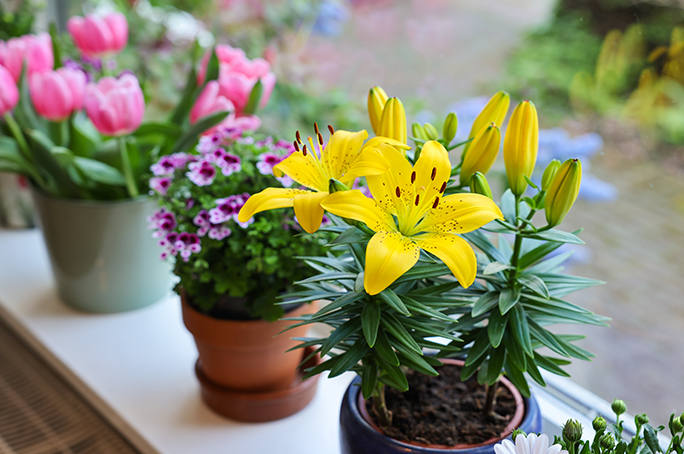
Most plants require a minimum of six hours of daily sunlight for the formation of buds, which is important for photosynthesis—the process of synthesizing nutrients from carbon dioxide and water. Without enough sunlight, plants can become stressed and drop flowers and buds as a means of conserving energy to survive. This will affect a plant’s growth, causing it to become tall and thin as it reaches toward the sun.
Apart from the amount of light, you may want to pay attention to its intensity too, which usually depends on the type of exposure you have. For example, an east-facing window receives less intense morning sun. Plants that require full sun will have more blooms in a western exposure, which is exposed to the warmer rays of the afternoon sun. However, some plants may wilt or get damaged in the hot afternoon sun, so it’s essential to know their specific needs. This is directly tied to another vital factor, which is temperature: flowers typically need warmth to open. Some plants, such as dendrobium orchids and Kalanchoe, require a period of rest to gather energy for future blooming and growth.
Winter Weather
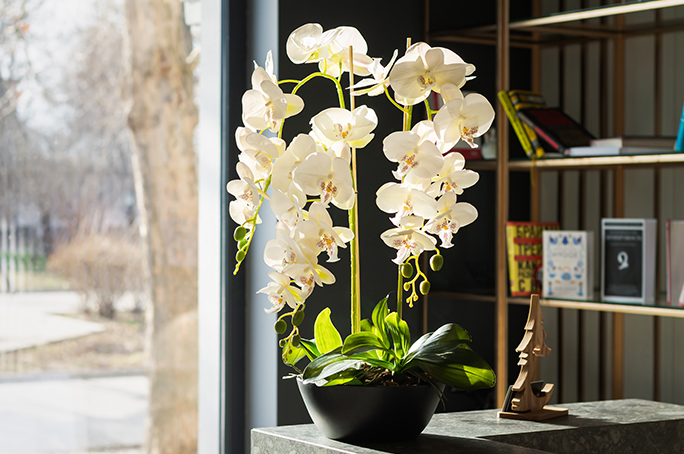
Although snow can serve as protective insulation for plants, chilly, snowless winters and severe winds pose a big threat to flower buds. During dry winters, plants may conserve energy instead of producing flowers. Meanwhile, wet springs can cause early fungal infections and rot. A warm winter can result in plants not setting their flower buds and emerging too early from dormancy, which puts them at risk for late-spring frost or snowfalls.
Now that you know the most common causes of hindered flowering, you can take the necessary steps to ensure that your plants are healthy and blooming to their full potential.
